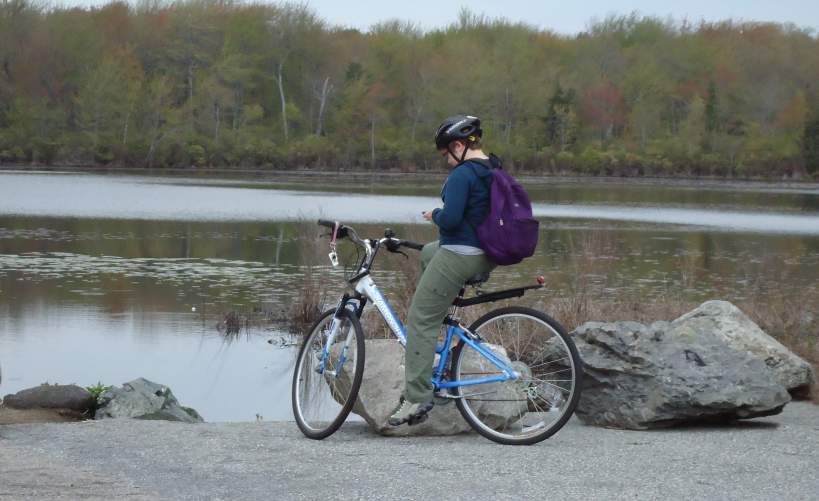
There are bike owners and there are bicyclists. The former buy a bicycle, park it in a garage, and then when the accumulated dust buries the frame, sell it on an online auction site, just to get rid of it. The latter search far and wide for just the right bike. It can be new, used, inherited or rehabilitated – but all in all – it is sought out to be ridden.
Despite being lumped together and stereotyped by non-cyclists, bicyclists are a varied lot. In a broad sense, they can be viewed as cycling subtypes or atypical individualists.
One subtype, in particular, stands out: the bicycle enthusiast. This cyclist has a special relationship with a bike. Each acquired bike has a purpose, a meaning – and one bike is never enough because no two bikes have the same personality.
Bikes can be owned sequentially or concomitantly, but ultimately, at least one bike must always be available. And, just as each of us has a variety of friends, so must the bicycle enthusiast have a variety of bikes.
In the life of each of these cyclists comes a time when a particular bike catches the eye, or a need arises, and the yearning to possess another bike strikes. Thoughts of why that bike should be obtained fill the cyclist’s mind, and creating reasons – or excuses – to own it becomes part of daily life.
Before the bike is acquired, visions of how it will be used emerge. Vivid images of riding the bike, in various scenarios, amuse the cyclist during idle moments, until the bike has worked its way fully into the cyclist’s life and can’t be lived without.
Trips to a bike shop, envious admiration of a parked bike – or one ridden by – strengthen the desire to own that bike. Once the decision about how to acquire the coveted bike is made, the days are counted down until the bike will finally be in the cyclist’s grasp.
Then, the big day arrives: the chosen bike is transferred into its new owner’s hands in an exquisite moment that cannot be overestimated because it represents a novel ride, a unique feeling of movement, and unity between bicyclist and bike.
At that instant, a cycling bond is forged: a mutual interdependence exists.
It is too easy to become dependent on a bike. Traveling by this means is organic yet, at the same time, an ingenious human invention. Who would have thought that placing rotating circles beneath a biped’s torso, with platforms to accommodate its feet, could drastically increase its rate of travel by using no more than the force of a foot? This brilliant excogitation created a symbiosis between mechanical forces and human energy.
The bicycle and cyclist grow together. And, the more used to a bike a cyclist becomes, the harder it is to part with. The resulting feeling of kinship is nearly identical to love, but experienced in a slightly less-than-human way.
Once the alliance is solidified, thoughts of losing the bike cross a cyclist’s mind. Will someone, uninvited, trespass and remove the bike from its home? Will the cyclist experience that sinking feeling – stomach welling up into the throat until one can hardly breathe – when returning from an activity only to find a vacant spot where the beloved bicycle had been locked?
The loss of a bike leaves a cavernous hole in a cyclist’s heart. Even when the bike can be replaced, one will not be the same as the other – and the memory of the lost bike will haunt the cyclist for many days to come.
Hours will be spent scouring photos in recovered property databases, posting messages on lost bike websites and contacting local police departments – all in vain – as so rarely is a bike reunited with its rightful owner.
With the love of a bike comes the risk of the loss of an irreproducible affinity and the agony of emptiness left by its absence.
Related Posts:



